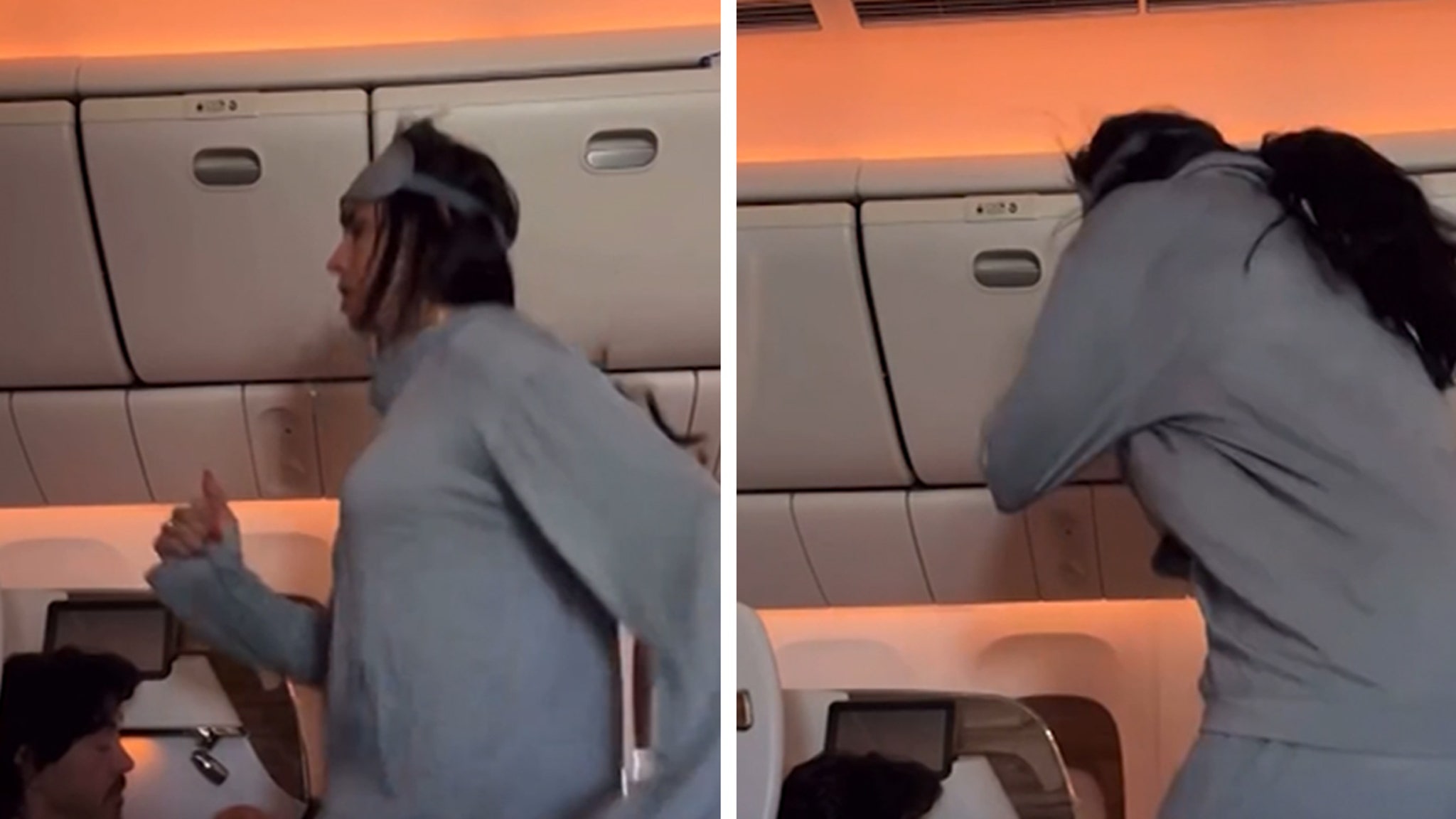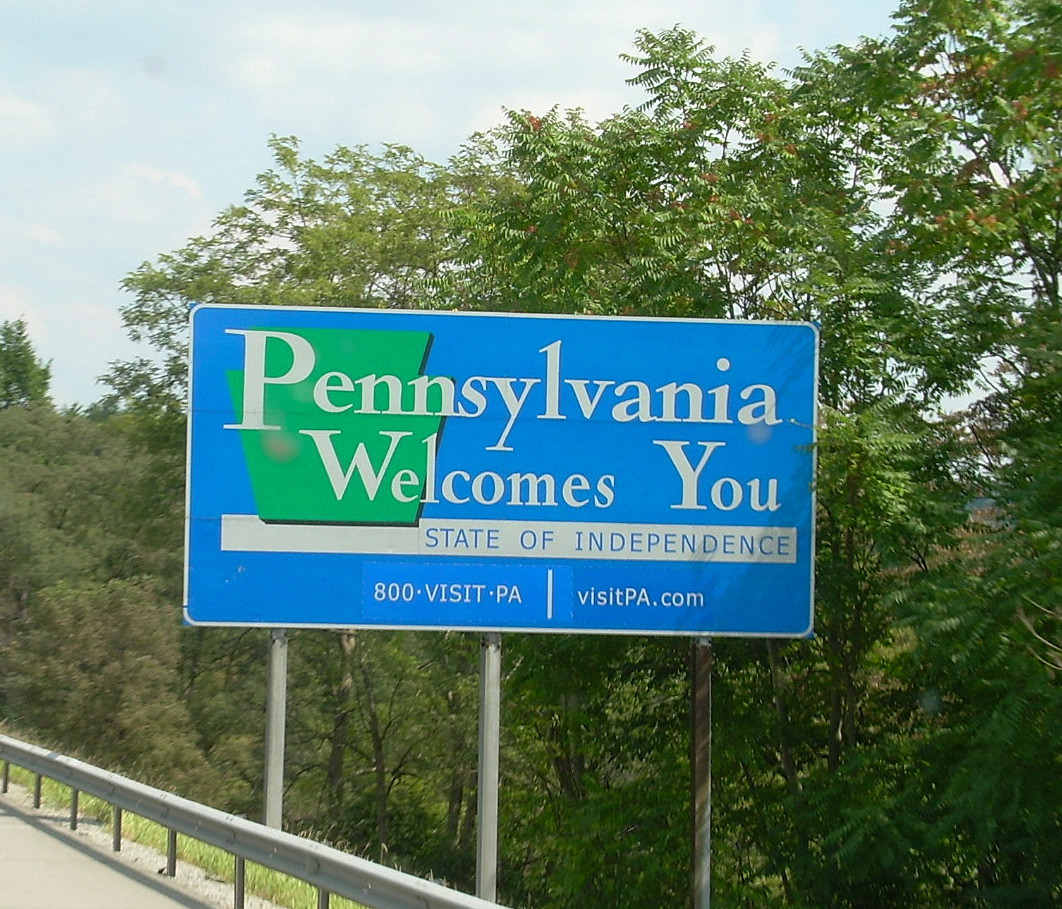Travel
How Expedia’s TV And Digital Teams Became Travel Buddies | AdExchanger

Contrary to popular stereotypes about couch potatoes, watching TV can be a great jumping-off point for planning a vacation.
Travel company Expedia calls this phenomenon “set-jetting,” which is when people travel specifically to visit the filming locations for popular shows – like Taormina, Italy, for “White Lotus” Season 2 or Daejeon, South Korea, for “Squid Game.”
I’m no stranger to this phenomenon myself. My husband and I took a trip to Europe last year after watching Netflix’s “Cunk on Earth,” having been inspired to visit the birthplace of the 1989 Belgian techno anthem “Pump Up the Jam.”
(If that sentence made no sense to you, please click the link. And watch the show, too. You’re welcome.)
But back to Expedia: This set-jetting phenomenon means TV advertising and, more specifically, CTV advertising is a natural fit to promote its service.
“We can be present right at that point of inspiration,” Kieran Winstone-Gillman, Expedia’s global media investment director, tells me.
From IO to PG to PMP
As his title suggests, Winstone-Gillman, who’s based in the UK, leads the team responsible for digital media investments across all global markets, while another team in the US typically handles traditional broadcast media buys.
Over the last few years, collaboration across both teams has allowed Expedia to significantly improve its CTV measurement and outcomes.
For example, Expedia would previously negotiate upfronts with five to six key network vendors, then implement those buys using insertion orders (IOs).
But in 2022, according to Winstone-Gillman, Expedia “saw the opportunity to think a bit more holistically” about media optimization, particularly as its network partners, such as Paramount, Disney and NBC, also began increasing their programmatic capabilities.
The transition came in two phases. First, Expedia worked with The Trade Desk and other partners to migrate their IO buys to programmatic guaranteed (PG) buys so Expedia could see its CTV investments alongside other channels and get more insight into how customers were converting.
Then, Expedia shifted from PG to private marketplace (PMP) deals, which maintain the “fixed nature of the upfront deals,” Winstone-Gillman says, but with more granular platform capabilities to handle audience suppression, optimize for frequency capping across partners and achieve household reach.
Cross-team collaboration
The result? Expedia’s household reach on CTV channels has almost doubled in the US, and cost per acquisition is down as much as 26%.
Using The Trade Desk’s UID2 identifier, Expedia has also proven that CTV as a first impression can drive the effectiveness of other channels, including display online, video and audio.
“It’s helping to prove the hypothesis that growing our reach is having a significant impact on driving business results as well,” says Winstone-Gillman.
But the biggest measure of success, at least for Winstone-Gillman, is the way in which Expedia’s digital and TV teams, which used to operate separately, have been able to collaborate and learn from one another.
“We’ve worked hand in hand across our digital team and our TV buying team,” he says. “Both now have adopted skill sets that would have been siloed.”
Wanna continue the conversation? Need someone to gush about Philomena Cunk with? Drop me a line at victoria@adexchanger.com.









